Top 5 Ways to Get Ski Ready
With winter setting in and the snow level slowly starting to creep up at the snowy mountains it's almost that time of year again-SKI TIME!!!
Because skiing is something we only get to do at certain times during the year we are often less physically prepared for it-after all It's hard to be conditioned for something you may only do a couple of days a year! Since we can't actually practise our skiing, or progressively build our ski strength, on the slopes prior to us getting there the next best option is to prep yourself as best you can on land. Ideally it's good to start tweaking your exercise routine (or starting one!) a few weeks out from your trip to allow time for your body to undergo conditioning. The more you can prep your body for the stresses of the slopes the less discomfort you'll experience and most importantly the more fun you'll have!!!
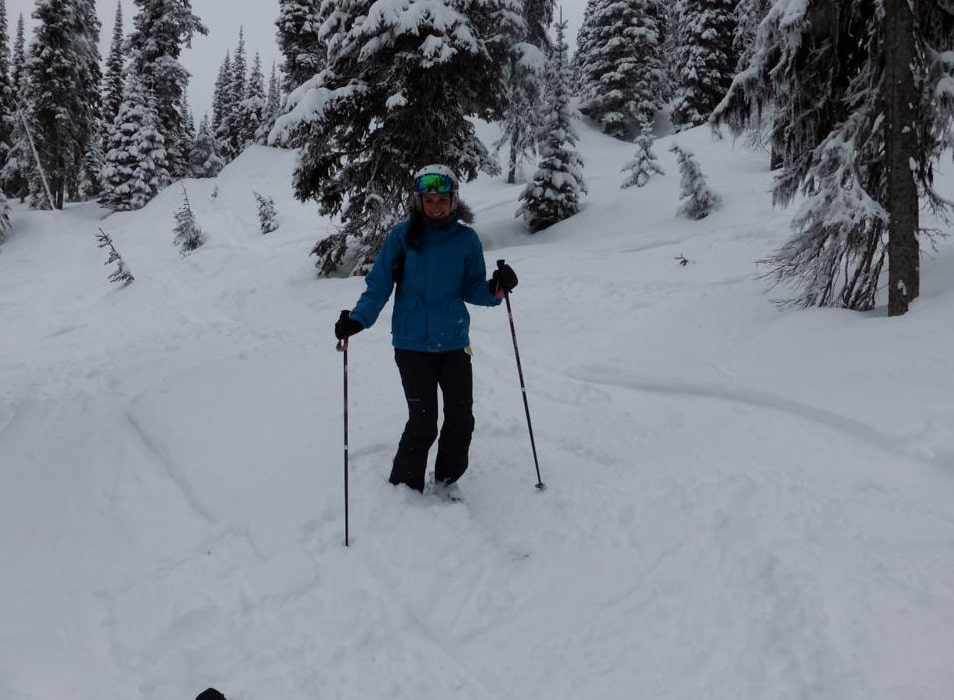
Skiing uses various combinations of muscles, in different ways, for longer periods of time than what we would be on a considerably normal day. This is why we are prone to getting DOMS (delayed onset of muscle soreness) and have a relatively higher injury risk with snow sports than with our everyday exercises. Remember this type of sport already has a risky nature so why put ourselves at even more risk of injury by being physically underprepared. Since many things are out of our control when it comes to the snow (the conditions, other skiers, trees, rocks etc) we need to take control of what we can-our bodies!
So before you pack the gear and head down for a weekend (or if you're lucky enough a week) of skiing, boarding, snow shoeing or tobogganing here's a few tips on getting your body snow ready!
1. Build your lower body strength
We need to aim to build strength in the muscles we use the most, in a way similar to how they get used when you are skiing. The main lower body muscles we use in skiing include the quadriceps, hamstrings, gluteals and calves. It’s good to do exercises that include use of all of these in one such as:
-
Wall squats
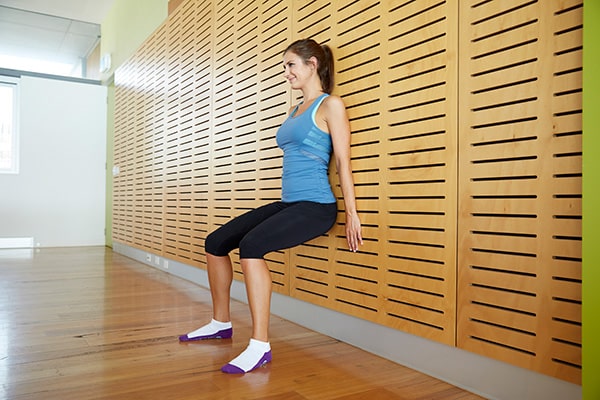
-
Jump squats
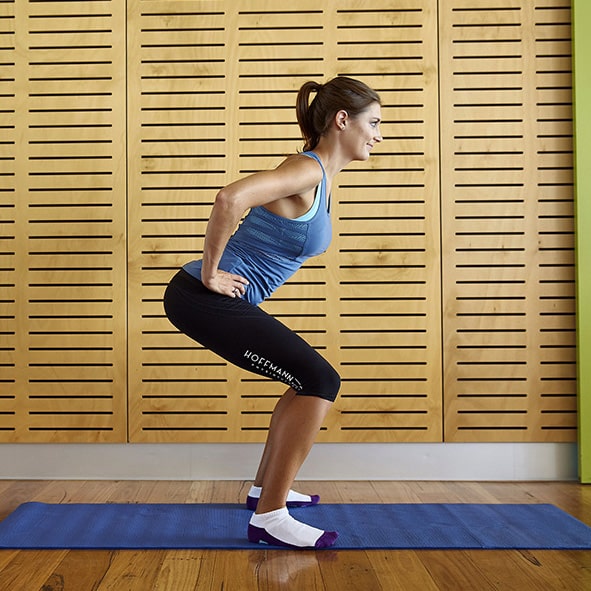
-
Step ups
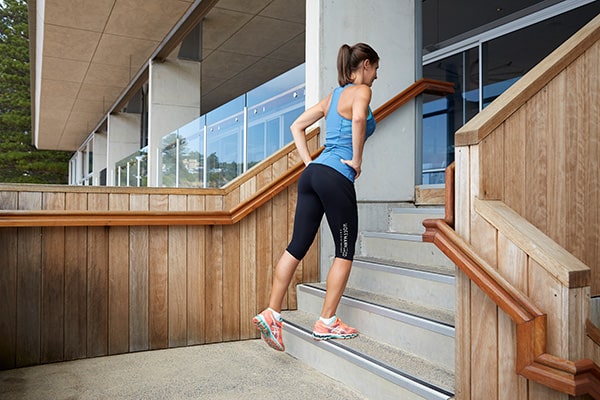
-
Lunges
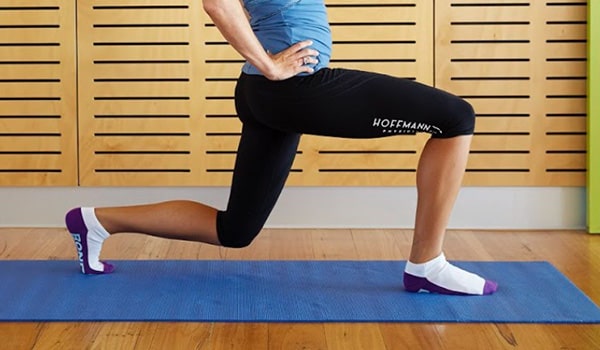
2. Build your aerobic fitness
It’s very rare that you would only head out on the slopes for an hour or so, normally it’s an all day ordeal. Lucky for us, we do get rest every time we get the chair lift back up but coming down can be hard work (especially on the longer, more technical runs). The better our aerobic (or cardiovascular) fitness the better we’ll feel as the day goes on. Fatigue will be prolonged, control will be improved, injury risk will be lessened and the enjoyment factor will be amplified!
To prepare your heart and body for long-duration skiing you should try to perform a form of cardio exercise into the schedule approximately 3-5 times a week. You can vary these sessions from 30-60 minutes to help condition the legs and lungs for a long days skiing. Suitable forms include running, elliptical (or cross trainer), riding or walking (especially incorporating hills!).
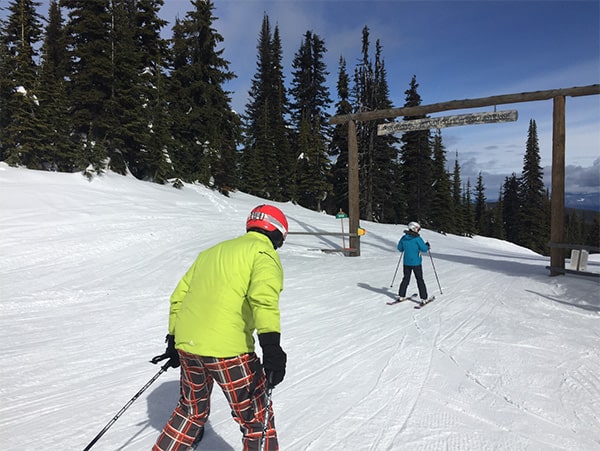
3. Work on your balance
We often take the skill of balance for granted…that is until you lose balance, have a fall and injure yourself. With an activity like skiing, the better your balance the more in control you feel and the more confident you will be. Your ability to recover from those situations where you are put off centre or hit an unexpected bump improves and your risk of falling is lessened.
Balance exercises can be as simple as standing on one leg. Start by standing on one leg with your knee slightly bent forward. Try holding for 30 seconds-1 minute then change legs. To make it harder you can do it with your eyes closed or by standing on a softer surface such as a pillow.
Another progression would be to include movement of your free leg (the one in the air). You can move this leg to point forward, to the side or to the back while maintaining your balance on the other leg.
Other more advanced balance exercises include:
-
Single leg squats
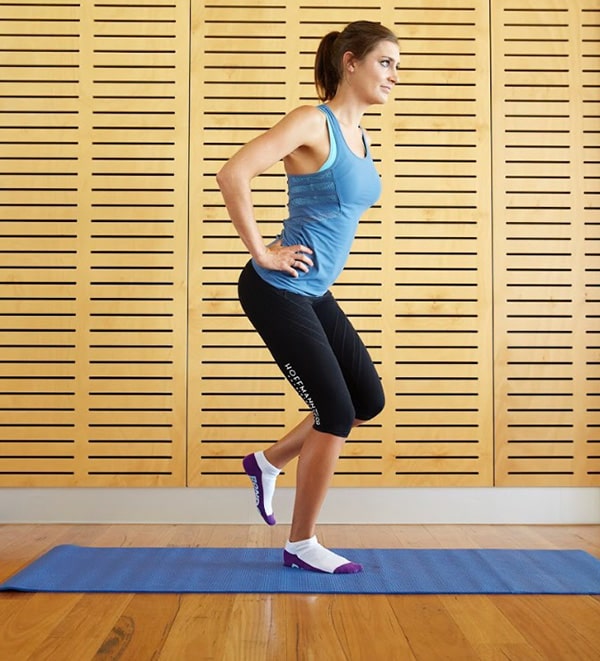
-
Walking lunges
4. Improve your core strength
In skiing, good core strength and stability helps greatly with your stance, overall balance and control when on the slopes. Having a good core will also help ensure the rest of the muscles work correctly. The better your core is able to switch on at times of need, the more protection it will also provide to the spine in the case of a fall!
-
Planks
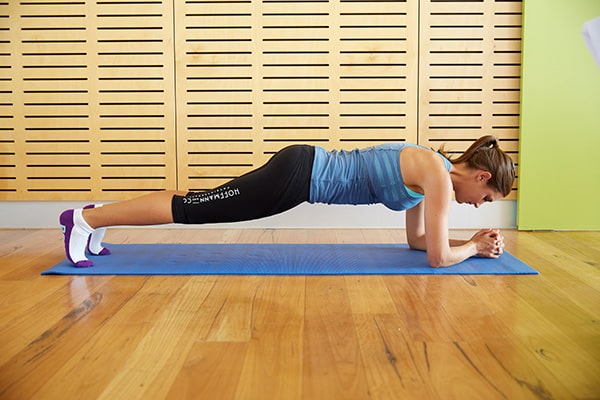
-
Alternating legs
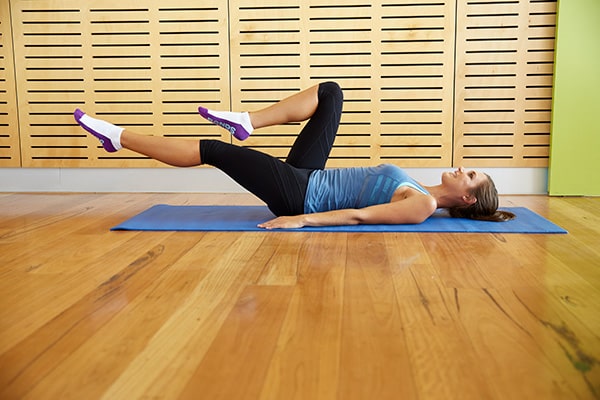
-
Back extensions
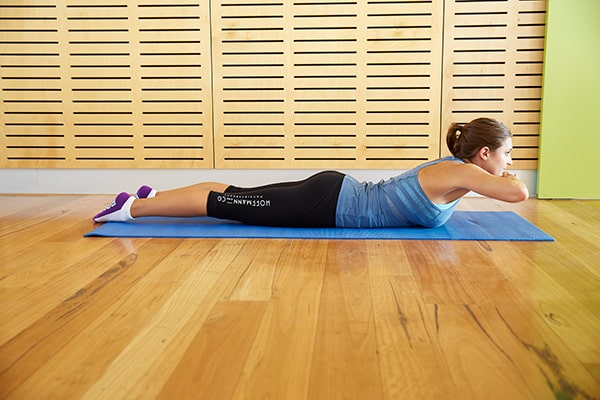
5. Increase your flexibility with stretches
The greater the flexibility you have in your muscles the more compliant they are to stretch. This means in an activity like skiing, where you may be required to move in various “unnatural” ways, your muscles will be more accepting of these increased stresses and less likely to become injured. The better the muscles are able to stretch, the greater the ability of the relevant joint to withstand the stress of the additional tensile forces that it may be subjected to with, for example, a fall, an incorrect turn or legs that gradually keep creeping wider.
Ideally stretches should at least be performed on a daily basis, with each stretch being performed approximately 3 times with a hold of 20 seconds. Important muscles to stretch and improve flexibility within include:
-
Quadriceps
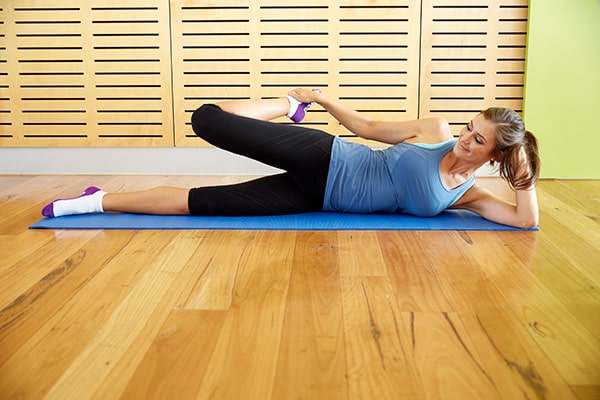
-
Hamstrings
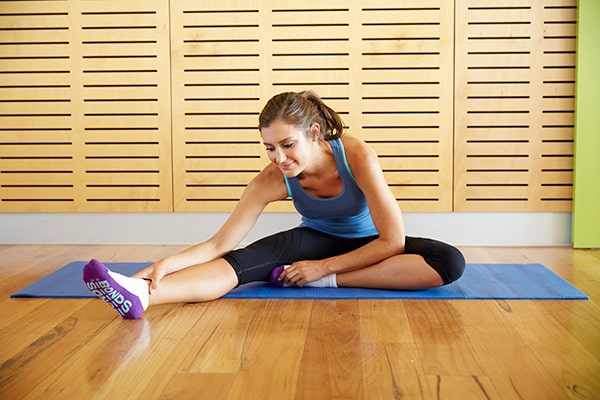
-
Calves
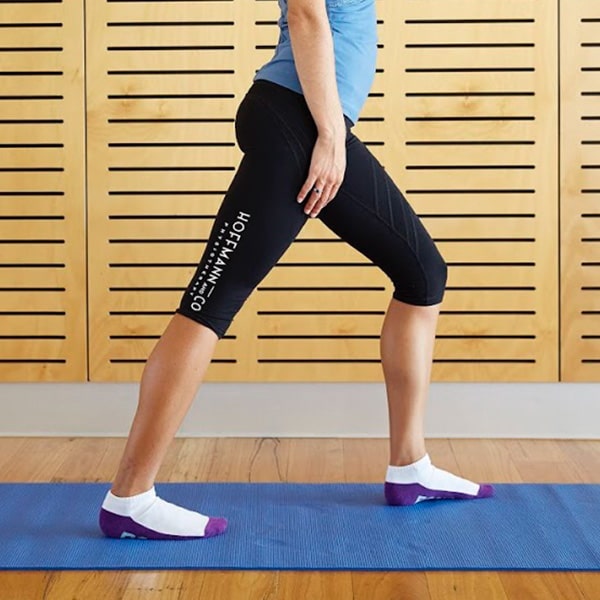
-
Gluteals
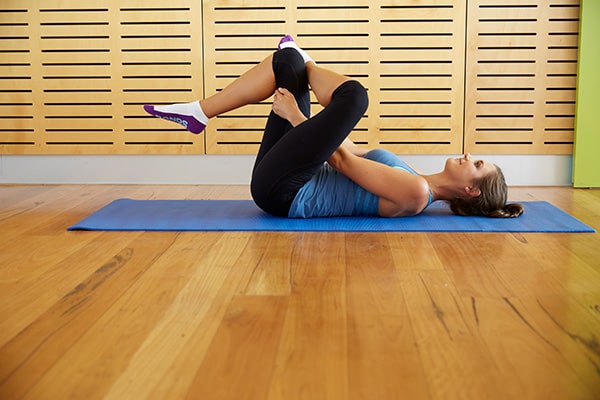
-
Lower back
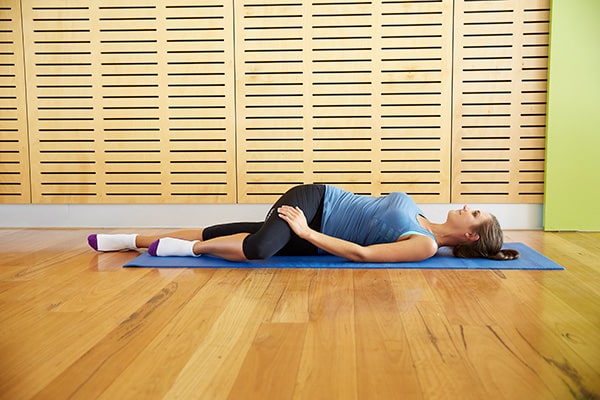
Remember these exercises and stretches are just a guide. If you experience any pain or discomfort while performing them, or you have an injury which prevents you from being able to do them properly, please stop. Please feel free to contact me if you would like advice on a personalised ski-prep program or rehabilitation program for ongoing ski related injuries (new or old).
I hope you have a great ski trip! Stay safe and injury free!
Emily
